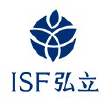On the Essential Elements of an Excellent Education
Sep 6, 2024
At this time of the school year, with students returned, classes resumed, and the enterprise of education well underway, (and the first typhoon of the new year behind us!), there is a world of learning possibility waiting to unfold in the coming months. As we progress through the year, it is important to keep in mind what I like to think of as the essential elements of an excellent education. We often look to outcomes – student numbers, teacher quality, outstanding facilities, examination results, college placements, and ultimately career opportunities – as the indisputable benchmarks of an extraordinary education. Isn’t it the case that schools with large enrolments, quality teachers, great facilities, amazing examination results, and outstanding college offers must be doing something right? These elements are certainly essential for a great education. However, less time is given to some of the hidden underlying influences and factors that give rise to the more visible manifestations of ‘excellence’ in education.
There are of course the all-important intangibles known as the school’s ‘guiding statements’: the vision of an ideal future that gives the school direction and purpose (the where), a compelling mission that informs action each day as we make progress towards the envisioned future (the what), and the spirit or ethos of the school – its core values – that infuses all actions, attitudes, and behaviors in the school (the how). Our focus on learner wellbeing is an example of our values in action.
At a cognitive level, learning is all about the questions that inspire and direct student inquiry, sparking the imagination, nurturing creativity, and fueling passionate engagement in lifelong learning. These questions form the fundamental building blocks of the curriculum. The best teachers are skilled at framing questions or inquiries that engage learner interest and ultimately lead to excellent outcomes.
One element of an excellent education that is perhaps less well understood is the setting or environment in which learning takes place. Mainstream educational theory tends to see the physical context of learning, usually the classroom, as largely unproblematic: it is the ‘box’ that holds the action – learning. A more thoughtful approach to learning in its most complete form, however, embraces the notion of the affordance provided by a setting. The affordance shapes all that can be done educationally in a setting. A lesson on swimming is pointless without a large vessel to hold water: the swimming pool. Music lessons are enhanced immeasurably by the presence of musical instruments. The examination of the genetic code of an unusual bacterium is impractical without the provision of a fully equipped molecular biology laboratory. Similarly, the highly memorable form of personal learning that is a key feature of the curriculum at ISF – experiential learning – is made possible by the unique affordances of a wide range of learning settings beyond the classroom, both in Hong Kong and abroad.
On this last point, I am pleased to report that education at ISF has been enhanced recently by the addition of two extraordinary learning settings, one scientific, the other experiential.
The first is the new Molecular Biology Laboratory 2.0 (MBL 2.0), which was constructed over the summer vacation. It will allow the expansion of scientific research already underway in the original MBL. The new laboratory features a new microscope that will allow our students to undertake an advanced form of research known as Raman spectroscopy: this is an analytical technique which relies on scattered photons to measure the vibrational energy modes of a sample, thus revealing aspects of its chemical structure. Typically, the preserve of tertiary research institutions, ISF is the only school in the region with the capability of conducting research based on Raman spectroscopy. It offers an exciting avenue for more advanced research, building on the already impressive research publication track record achieved by our students in the original MBL.
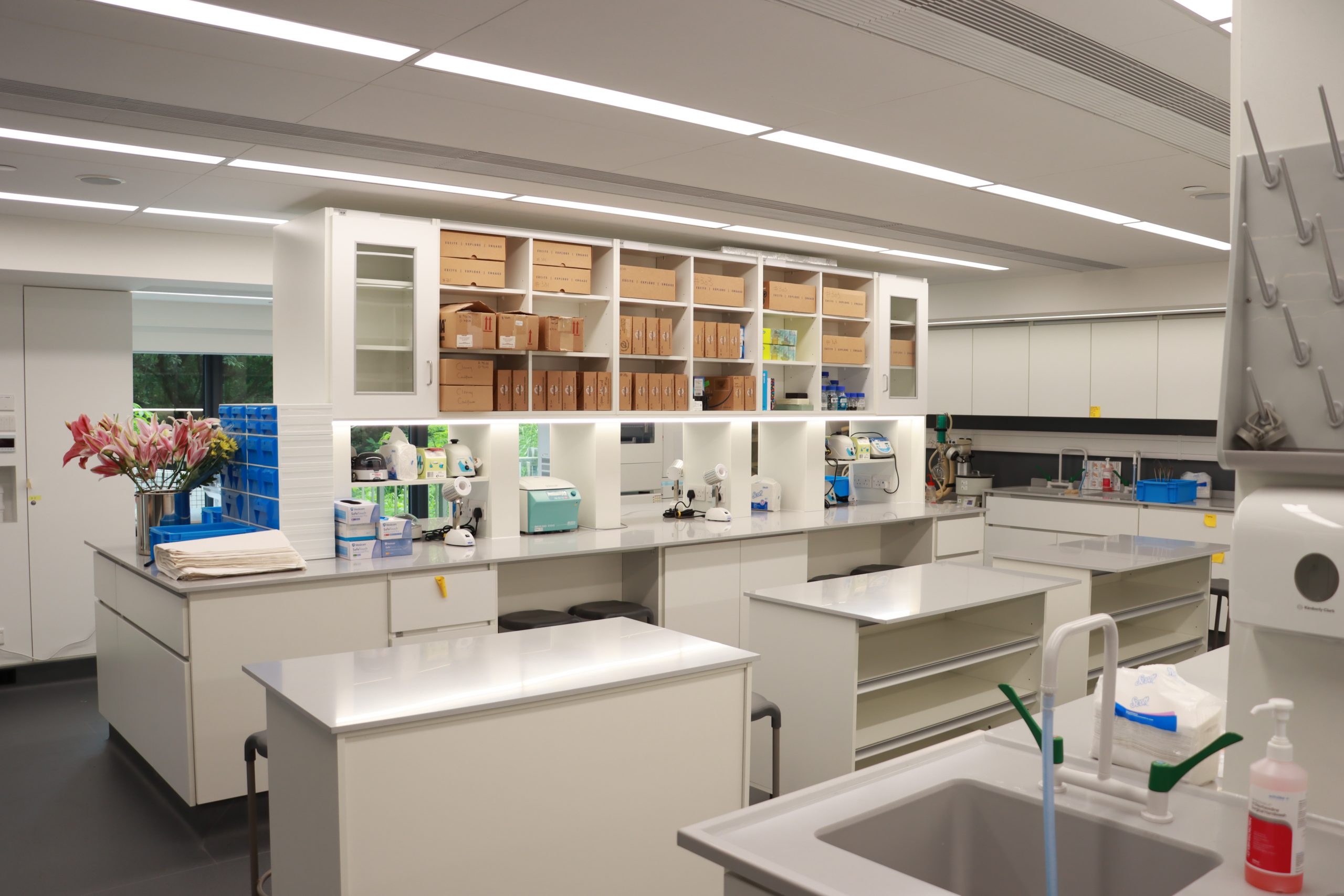
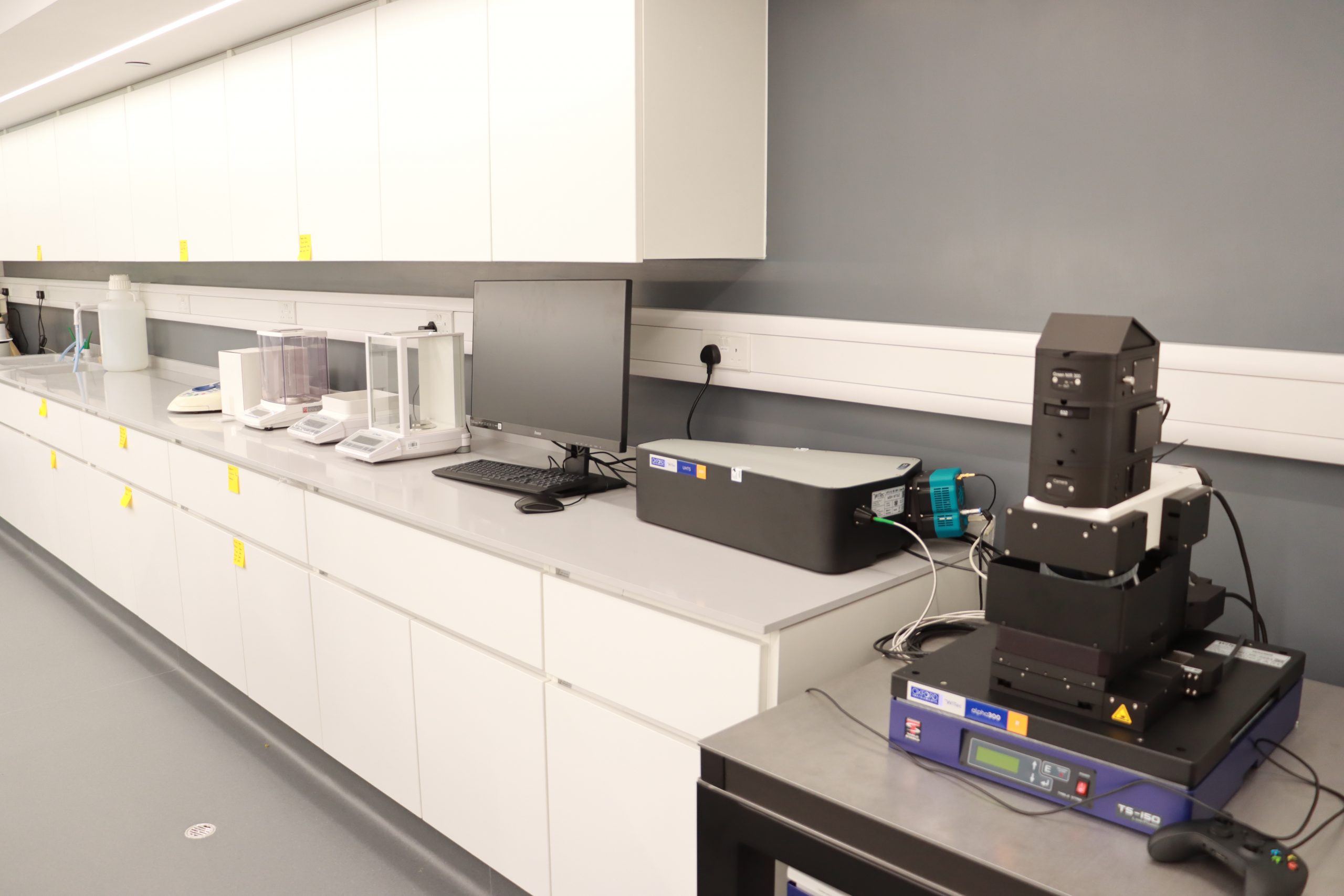
The second new setting is the new center for experiential learning located at Shek Pik on Lantau Island. Initially constructed in 1968 by the Red Cross as a holiday camp, the site has been derelict for many years. Bauhinia Experiential Learning Ltd (BELL) was offered a five-year tenancy of the site, which will be used as a base for experiential learning programs at ISF, commencing in October this year. The site is ideally placed to afford a range of challenging and engaging learning opportunities for ISF students. Work is underway to return the site to operational readiness, including the welcome contribution by volunteer parents who spent time on site over the past two weeks to help clear debris and prepare camping sites.
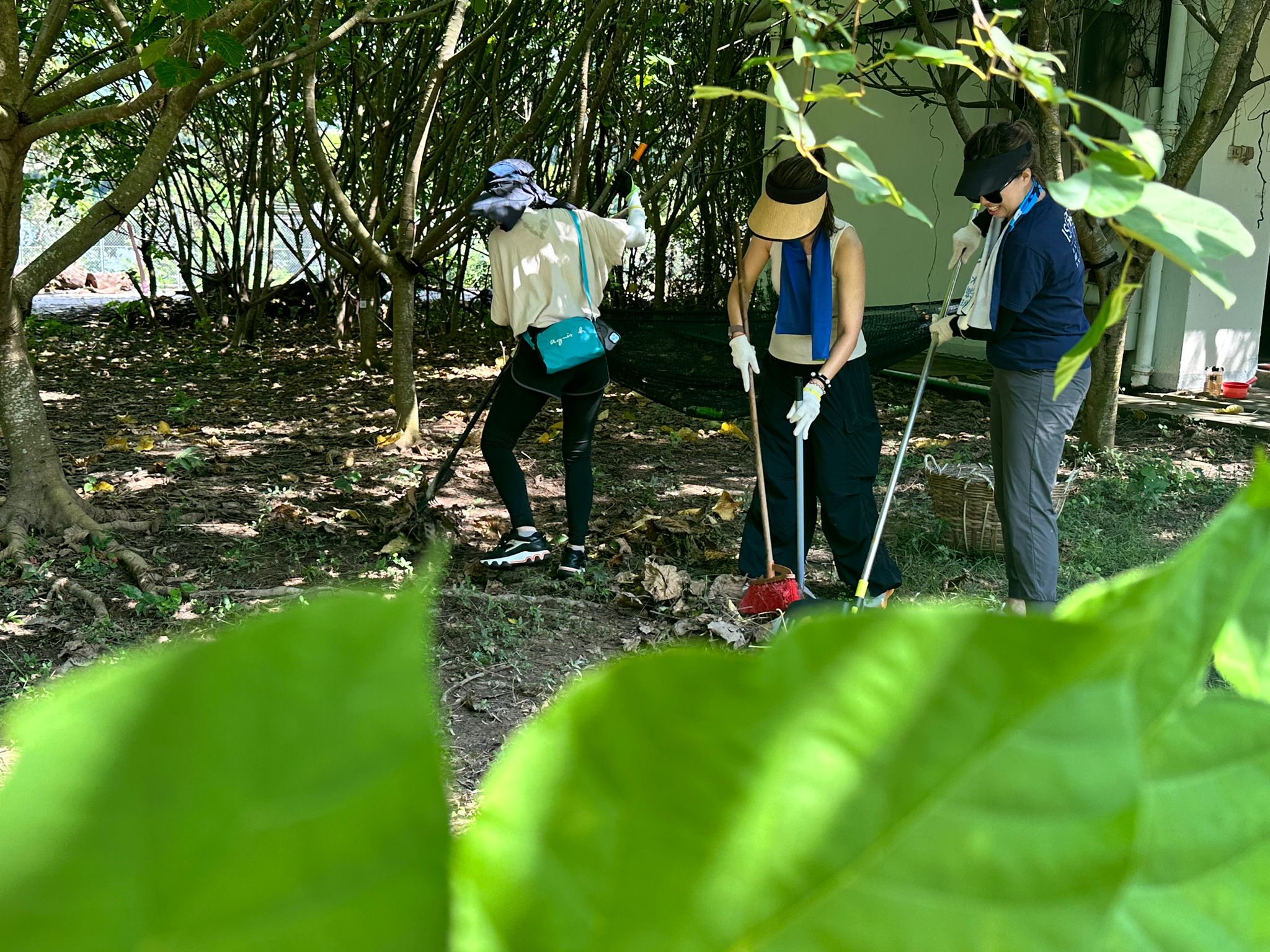
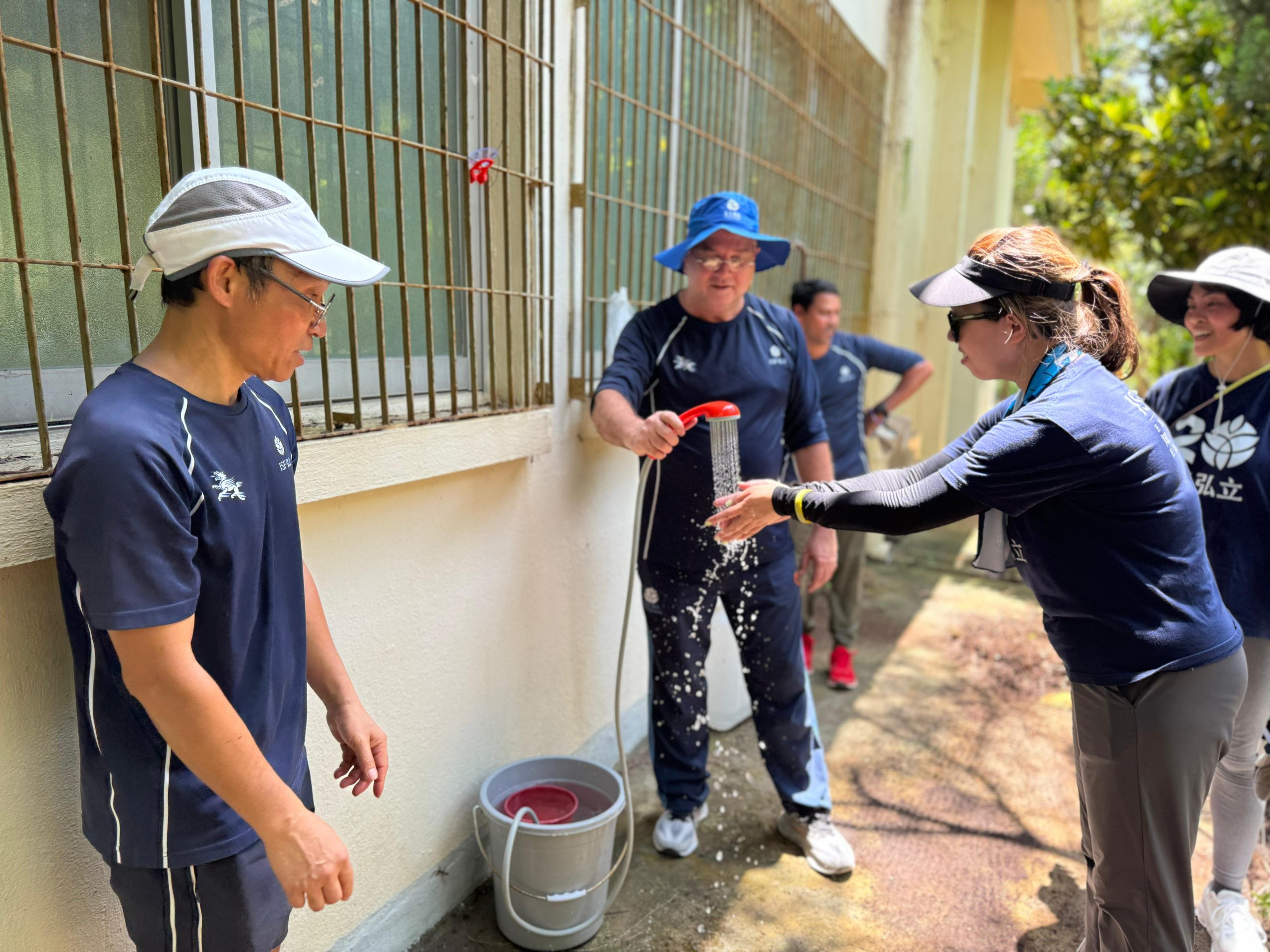
In pursuit of our vision of an excellent, complete education at ISF, we continue to consider the entirety of the learner experience, including aspects such as setting, environment and school culture.
Dr. Malcolm Pritchard
Head of School
